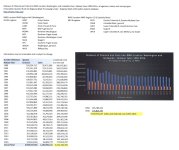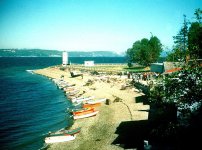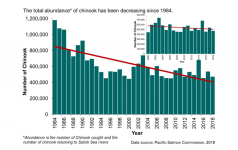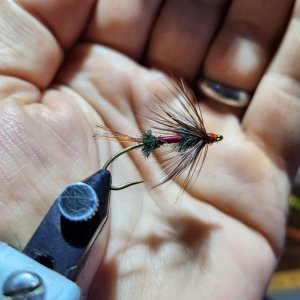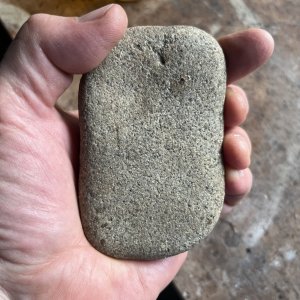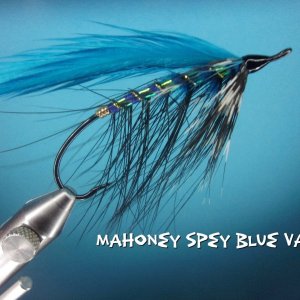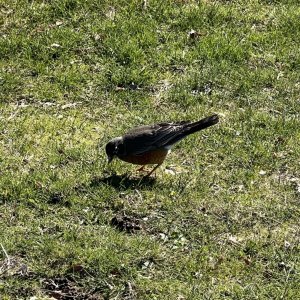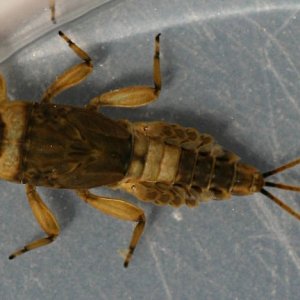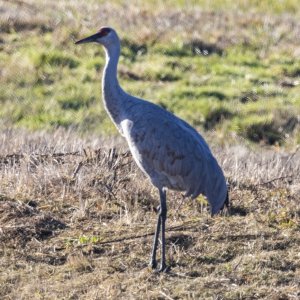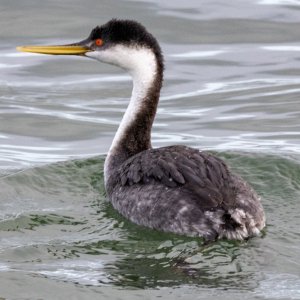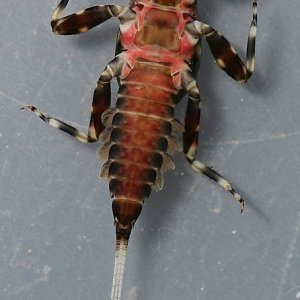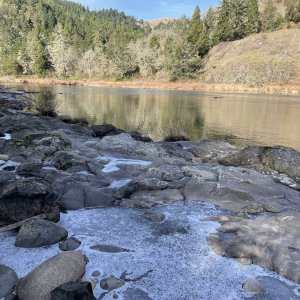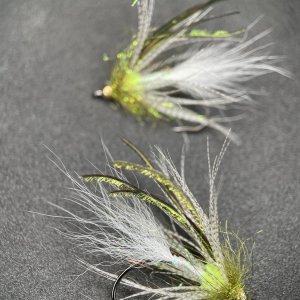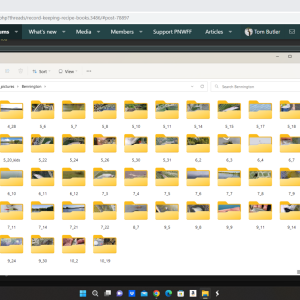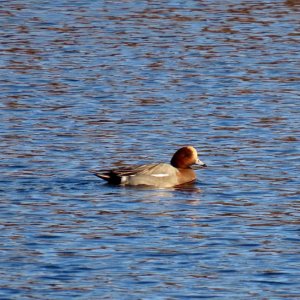For fun I decided to look at the oldest hatchery escapement report I could find. The total hatchery escapement was around 470,000 anadromous fish. The total escapement in 2020-2021 was around 500,000 fish. Looking at the oldest reg books I can find which date back to the 90s, the seasons for ocean going salmon seem to be more restrictive rather than less, with ocean chinook seasons in puget sound being essentially non existent until 2002 from 1995.
I’ve wanted to gain perspective and understand what salmon fishing used to be before my time, to better understand how it may change in the future. But from the limited data I’ve been able to find, I truthfully can’t find when that is

